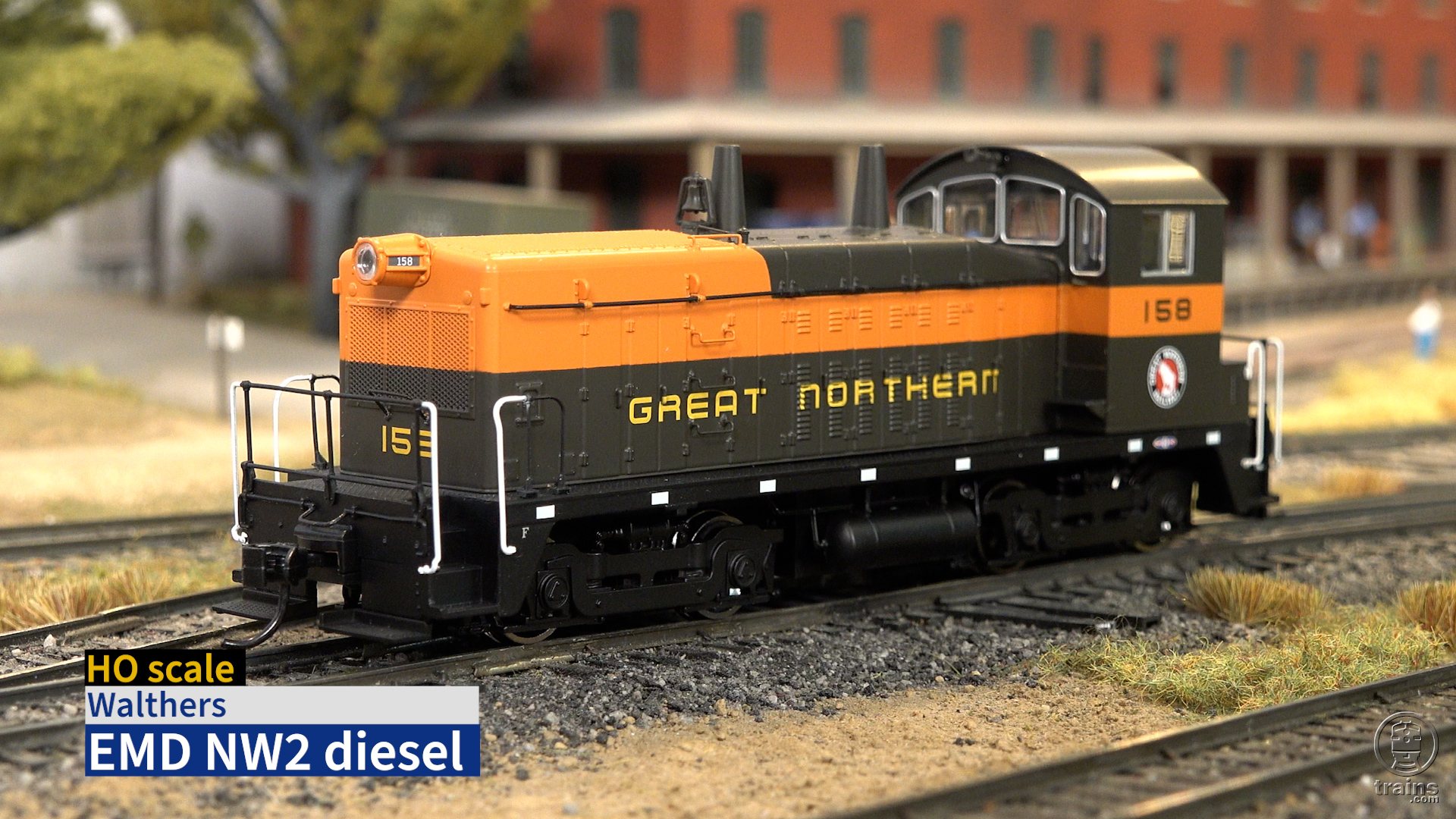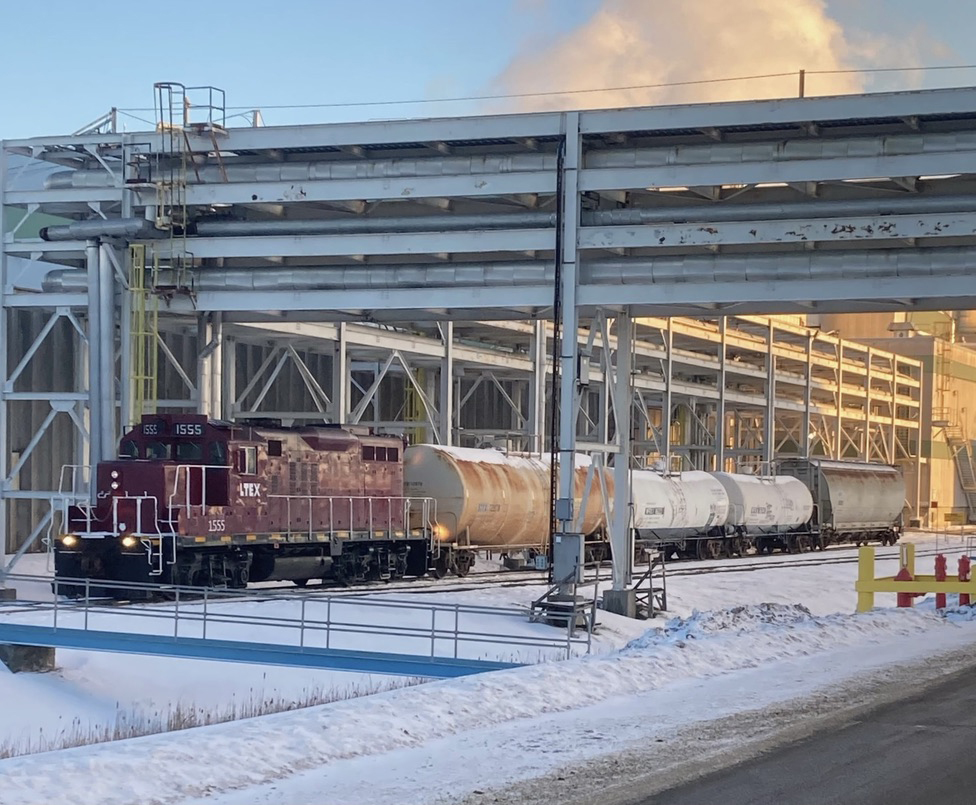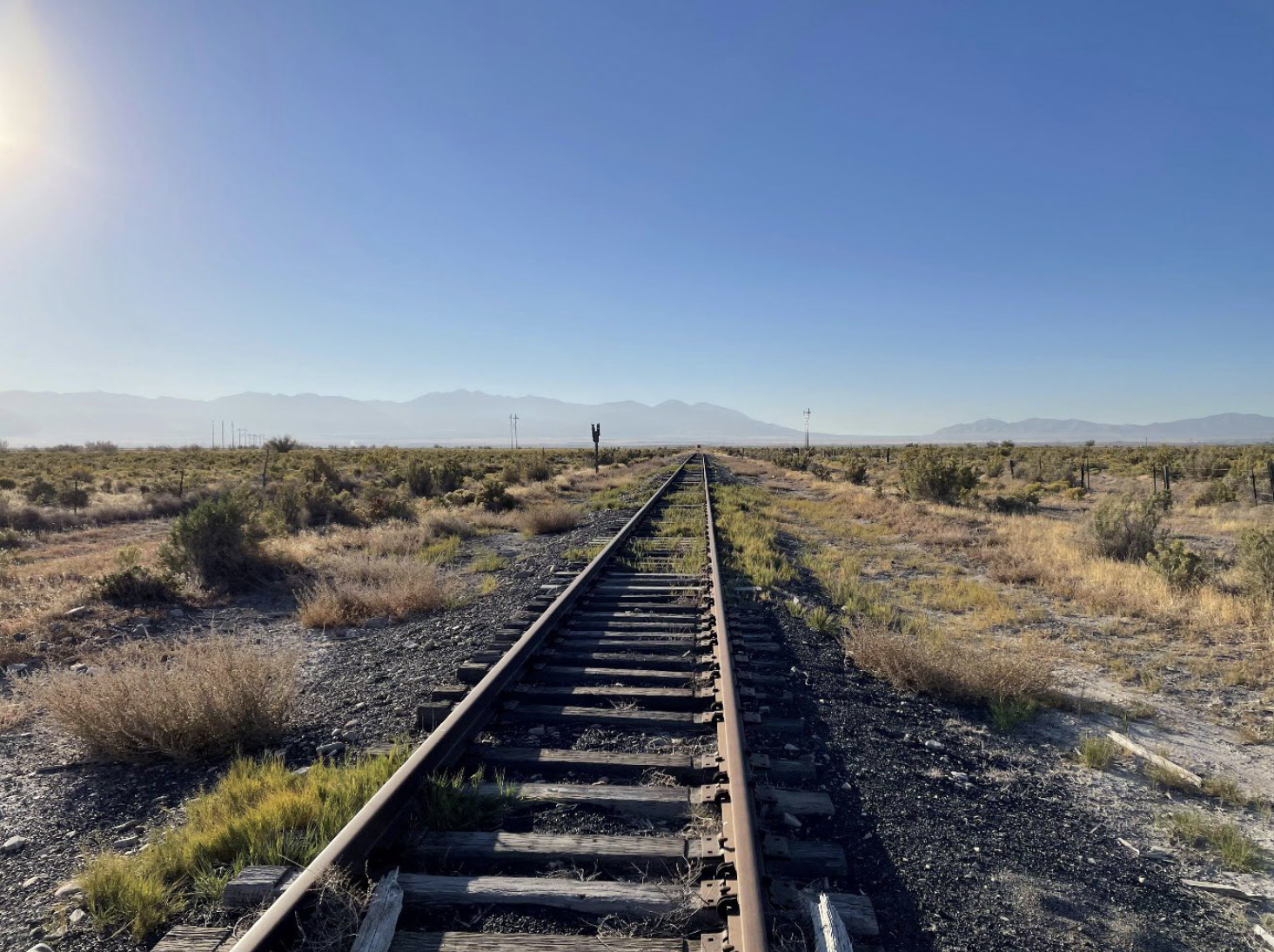More Tuesday morning rail news:
— The Massachusetts Bay Transportation Authority has awarded a $159 million contract for two new stations and other work related to its South Coast Rail project, which will extend the existing Middleborough/Lakeville commuter line and create lines to Fall River and New Bedford. Boston.com reports the contract, to Skanska DW White JV for stations in Freetown and Fall River, is part of Phase 1 of the project, which is to be complete by fall 2023 at a cost of $1.047 billion. Up next for bids is a $400 million contract to build four new stations, a layover facility, and 24 miles of track.
— BNSF Railway will cut 95 jobs in Nebraska — 83 in Alliance and 12 in Lincoln — because of “our customers’ changing business conditions and projected lower demand for rail cars to ship commodities,” a spokesman told the Lincoln Journal-Star. The cuts are part of more than 300 jobs being eliminated in seven states [see “BNSF closing two facilities in Wyoming, cutting 122 jobs,” News Wire Digest, May 7]; other previously reported cuts have been in Montana, North Dakota, and Kansas.
— San Juan County, N.M., commissioners have voted to apply for a federal grant to help plan a freight rail line which would connect the county to BNSF Railway’s southern Transcon line paralleling Interstate 40 via the Navajo Nation. The Cortez Journal reports the county and Navajo Nation signed a memorandum of understanding to pursue construction of the possible rail line, with hopes it would diversify the area’s economy and attract new manufacturing. No specific route has been determined. The county is seeking $2 million from the U.S. Department of Transportation’s BUILD (Better Utilizing Investments to Leverage Development) program.















Regarding the MBTA extension, there’s an environmental boondoggle! Rebuilding a line abandoned in the 1960’s through the Hockamock Swamp proved prohibitive. The Quincy line was built in the heyday of concrete construction and salt air from a nearby ocean does wonders on that stuff. The Orange Line at Sullivan and elsewhere is doing the same thing. It’s 47 years since I chased 759 into Boston and first drove on the elevated I-93–that’s going to need rebuilt. I’ve worked for 30 years on Boston transportation and I’m on my third rebuilding of Wood Island Park! In short, lots of things to spend money on and not always wisely–but spending money and the capital budget is the point, isn’t it?
For the Record, we got out of the Depression by something called World War Two. We didn’t officially reach Full Employment until October 1943. This proposal reminds me of some roads and other facilities like Gander, Newfoundland that never lived up to traffic projections.
So the South Coast suburban rail is consuming billion or two billion in capital before the first wheel turns. MBTA is also committed to electrification of some suburban lines. Then there’s the proposed North Station South Station connector, which could cost untold billions. All the above for the suburban rail, not including the four subway lines. Now let’s look at the subway lines. The forty to fifty year old Braintree extension of the Red Line is said to be in shambles. The massive Quincy Adams station (on the Braintree – Quincy city line) is now in process of a total rebuild. The D-Riverside extension of Green Line built on the cheap after the Korean War needs to be a start over for billions of dollars. All this at a time when it’s clear that public transportation ridership has peaked and is now in a huge decline that won’t be reversed for maybe decades if ever.
They are shutting the power plant near Shiprock, NM that gets their coal from the Navaho Mine. There is an isolated electric rail line that hauls the coal. I am guessing that they want to give the mine an outlet to alternative coal buyers.
GERALD – Totally agree on public works fixing the economy — if ridership will recover.
The Headline writer has dyslexia? $195 vs $159 in the linked article.
Charles Landey,Huge public works construction projects are exactly how you rapidly ramp back up the economy…one only needs to look at how we got out of the Depression to see that.
The Rio Grande had a line into San Juan County, its last major use was to bring in old drill pipe in the 1950’s. The track is still there from Antonito to Chama and most all of the rest of the roadbed to Farmington is still available. The Santa Fe built a branch from near Thoreau to the Lee Ranch coal mines, so only a short extension would be required. Or some 110 years ago the SP surveyed a line into Farmington from the south. But with little agriculture and no significant mining there’s little business available and little reason to build manufacturing plants there. Build it and they will come??